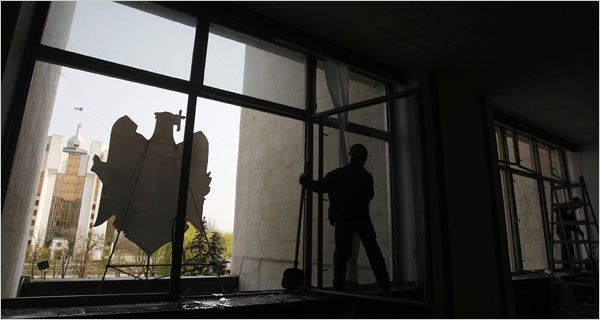InrXeyelArkvst
Abre los ojos
Is anyone else noticing the parliaments' fracturings occuring along the Blue Stream/Druzhba/BTC belts?
Beit blowback of the Rose, Orange, or Grape Revolutions, the MSM's avoidance lately speaks volumes.
Wazzup wit dat?

Beit blowback of the Rose, Orange, or Grape Revolutions, the MSM's avoidance lately speaks volumes.
Wazzup wit dat?











